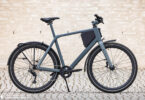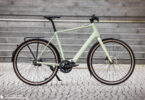They’ve become so integral to big city life, it’s hard to picture it without them: compact ebikes are becoming increasingly popular, and rightly so! Hardly any other urban ebike is as fun, practical and intuitive to ride as these small-wheeled city slickers. But for whom is a compact ebike the right choice?
Dynamite comes in small packages! That’s the first thought that comes to mind when climbing aboard a compact ebike. Due to the smaller dimensions, most people are quick to assume that the performance is lower, too, and can’t be on par with that of conventional ebikes. However, this couldn’t be further from the truth! Like their big brothers and sisters, compact ebikes also rely on powerful motors and modern components. Instead, the differences are mostly limited to the wheel size and frame shape. Compact ebikes usually have wheels ranging between 14″ and 24″ in size, paired with a comparatively short wheelbase and a much lower frame. Below, we delve into the real-world consequences of this.

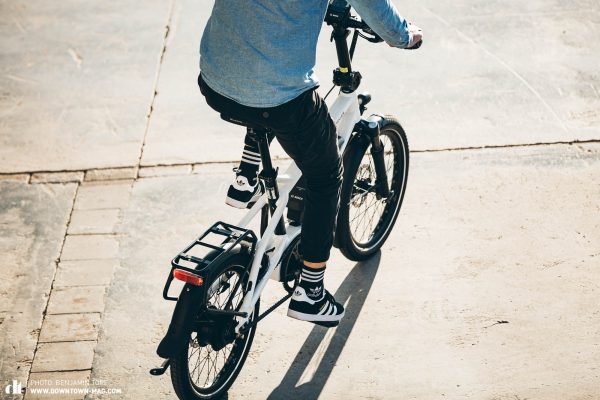

Table of contents
- What are the advantages of a compact ebike
- Things to consider when buying
- The level of integration
- How practical is the bike in everyday life?
- That’s heavy lifting!
- How smart are these bikes?
- Who should be looking at a compact ebike?
What are the advantages of a compact ebike compared to a conventional ebike?
Compact ebikes represent carefree riding pleasure and a certain lifestyle. They’re fun from the get-go and the low standover height makes them super easy to mount and dismount, adding a significant level of comfort, convenience and confidence. On most bikes, you can’t even reach the ground while sitting on the saddle, which is due to the frame design and the saddle height. The handling of most compact ebikes is very intuitive, too, further instilling newbies with confidence. Together, the very long seat post and steerer tube result in an ultra-relaxed and upright riding position. In most cases, the cockpit and saddle height of compact ebikes can be quickly adjusted using quick-release clamps, which is very convenient if you want to share the bike with your partner, family or roommates. If you’re cramped for space in the garage or basement or if you want to take your bike along on a motorhome holiday, you’ll also appreciate the slightly shorter wheelbase compared to classic ebikes.
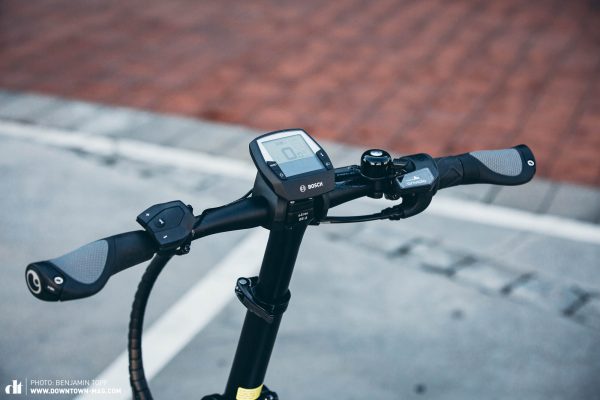
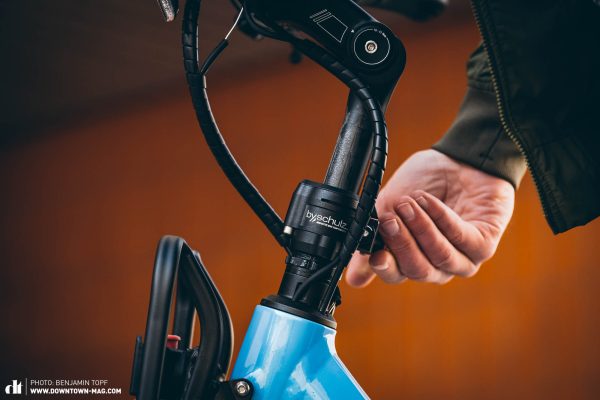
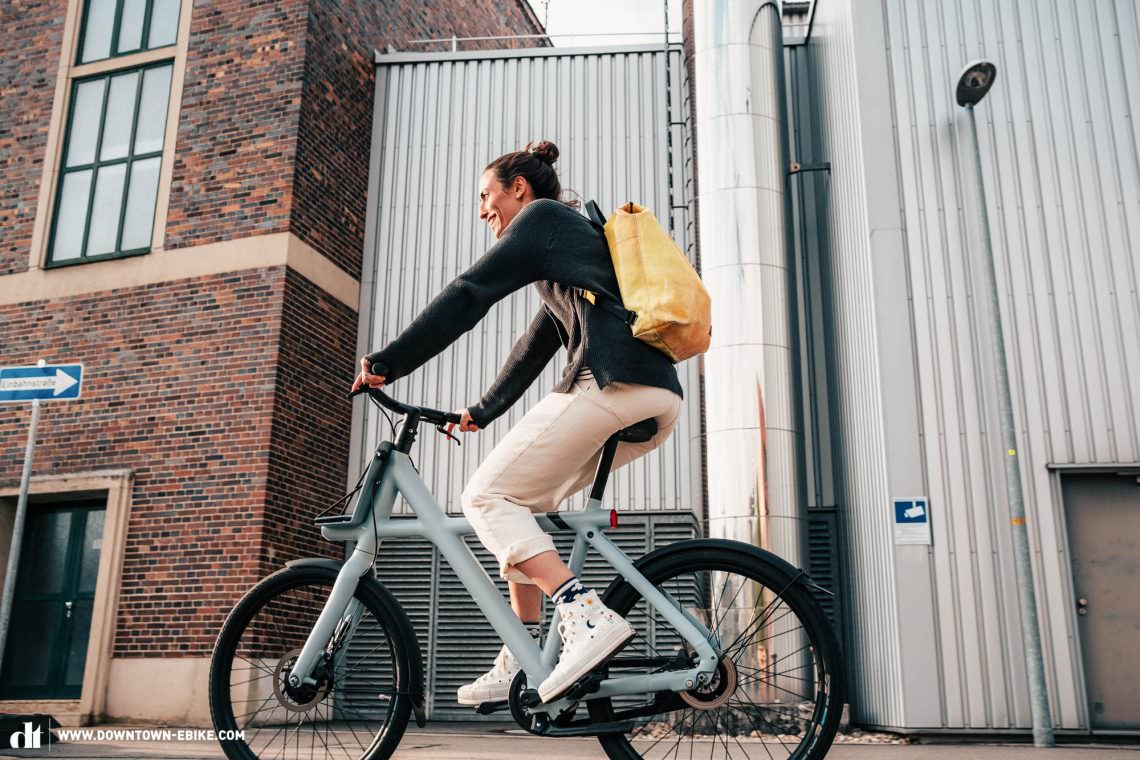
Things to consider when buying a compact ebike
We ventured into the deepest depths of the city for you to put four different compact ebikes through their paces. In doing so, we gained important insights that will help you in deciding what to buy. Two things surprised us most: on the one hand, the bikes are a lot of fun, as already mentioned, simply making urban exploits a joy. On the other hand, there are huge differences between each of the models. We didn’t expect this, as the bikes are very similar in some of their designs and components. They run the gamut from extremely agile to balanced and even sluggish handling. Conversely, however, this also means that you have to sub-categorise the compact ebike segment according to different rider types. Fortunately, there’s a compact ebike on the market that’ll suit you, regardless of whether you take a more relaxed approach and typically haul a lot of luggage or whether you’re the sporty, dynamic type that wants the quickest and most agile handling.
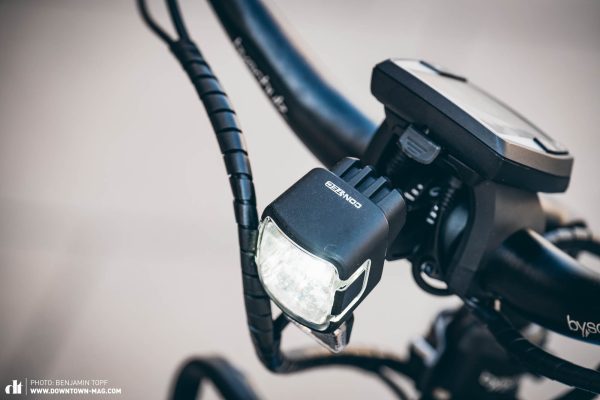
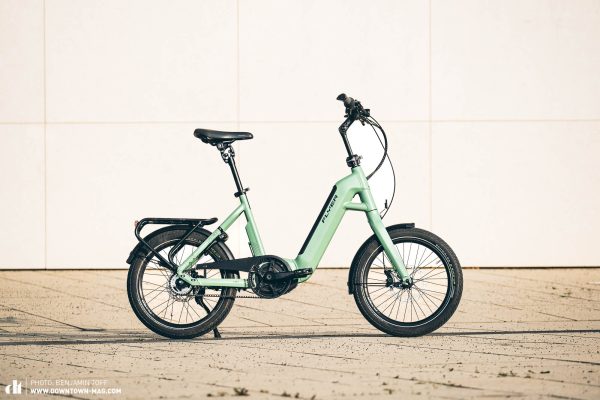
The level of integration
Unfortunately, our test crew was disappointed with the level of integration they found in this segment. For urban bikes of 2022, they aren’t up to date with current standards, some of them offering ridiculously little integration. With the exception of the VanMoof, all the bikes on test come with external spoke magnets. Moreover, several manufacturers continue to rely on external batteries, though they can’t be removed much faster than their internal counterparts – all they add is an outdated look. In terms of design, too, the competition is far behind the industry-leading VanMoof. Many brands are still focusing on maximum utility, letting the topic of aesthetics fall by the wayside. What a shame!
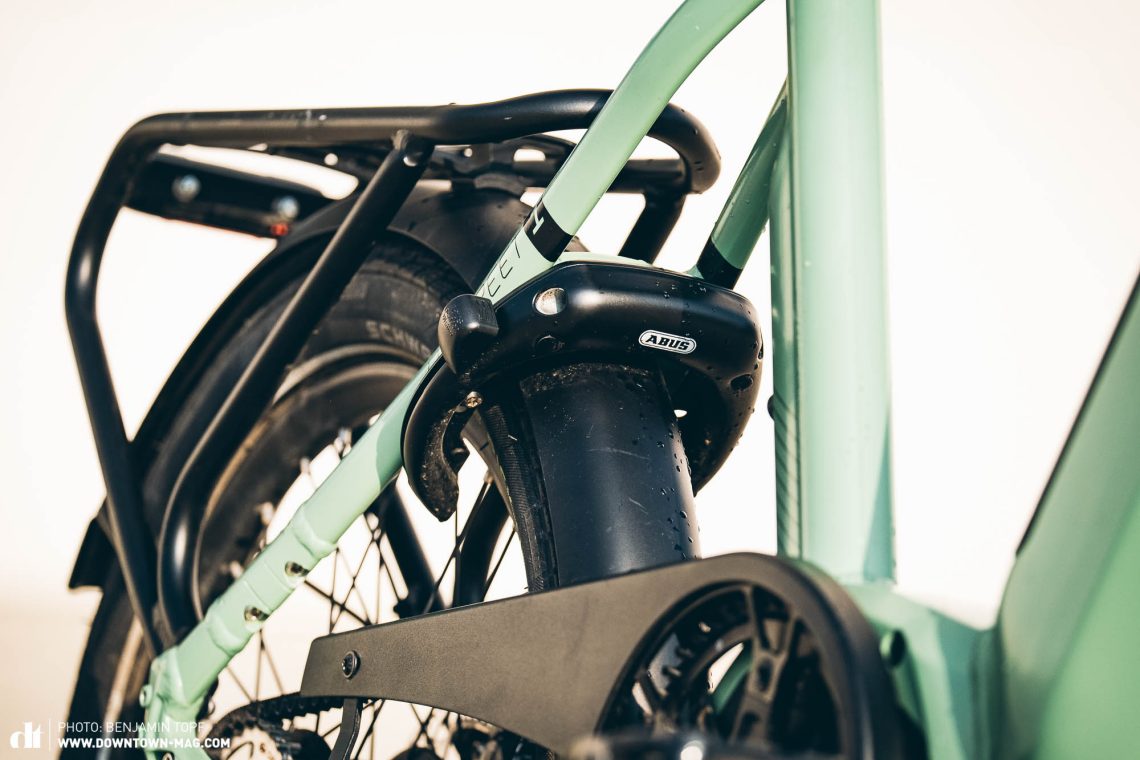
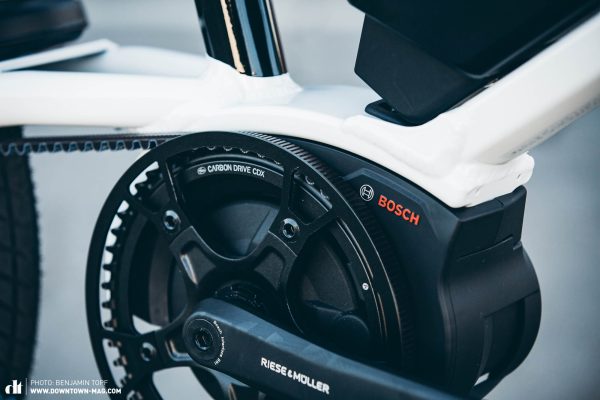

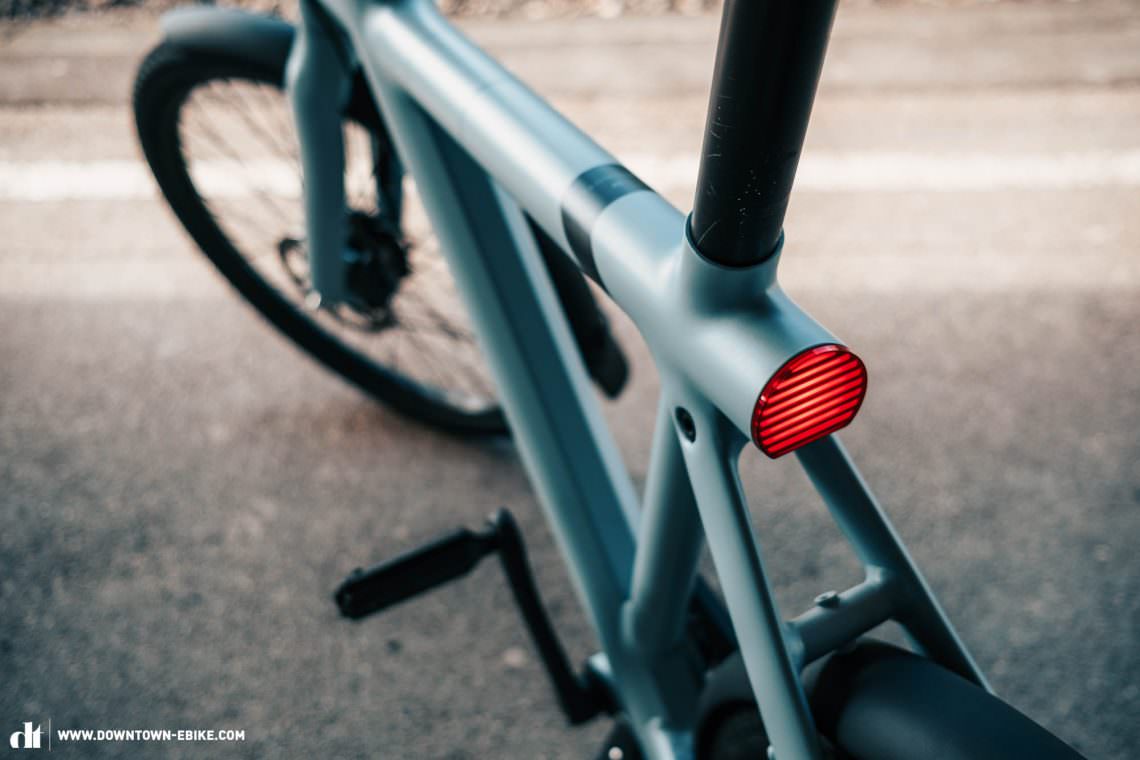
How practical is the bike in everyday life?
If you’re looking for maximum everyday practicality, you’ll be delighted to learn that, for the most part, the bikes offer tool-free handlebar and saddle height adjustment, making them easy to share with the whole family. Unfortunately, only one bike on test comes with a rack that’s approved for a child seat, which, in turn, isn’t that great for young families. Apart from that, the bikes come very well equipped with decent lighting systems and mudguards. Only one of the bikes doesn’t have a U-lock.
That’s heavy lifting!
You might think that a compact ebike is light and can be carried down the stairs into the basement or up to a penthouse apartment. Unfortunately, that’s not always the case. Except for the lightweight VanMoof, all the bikes on test tip the scales at around 25 kg, which can get very heavy when carried around on a daily basis. In terms of wheelbase, the compact ebikes also turned out to be longer than expected. For example, even the Riese & Müller Tinker with its foldable steerer tube won’t easily fit into the boot of a regular sedan. If this is important to you, you’ll be better served with an ultra-compact folding bike like the Brompton.



How smart are these bikes?
Let’s talk about connectivity. Once again, the Dutch team at VanMoof lead the way, long offering smart connectivity features that the competition still hasn’t caught up with. Considering the price points of these bikes, there’s very little on offer here for 2022. Digital security and navigation functions would be particularly welcome, adding a lot of value and day-to-day convenience. The Intuvia display, which comes fitted on all three Bosch bikes, is only capable of the absolute basics and should be replaced as soon as possible. We’re keeping our fingers crossed – for the benefit of everyone – that we’ll see big improvements here in the coming years!


Who should be looking at a compact ebike and who shouldn’t?
The ebike market is constantly growing – and that’s a good thing! After all, the people riding the bikes are just as diverse. As part of our most recent group test of the best ebikes, we went to the effort of defining five basic rider types that most of us fall into. And one thing’s for sure: due to their comparatively small batteries and lack of connectivity features, compact ebikes aren’t the right choice for long-distance commuters or tech-nerds. Instead, their great versatility and compact dimensions mean that compact ebikes are the most fun on short distances. As such, they’re a great choice for all those who work within a 10 km radius of home or resort to a combination of public transport and biking for longer distances. In that case, you can make the most of the fun and intuitive handling on your daily commutes while the smaller battery capacity and lower level of long-distance comfort shouldn’t be a big issue.
The testfield
All Bikes in this group test: FLYER Upstreet1 (Click for review) | Riese & Müller Tinker Vario (Click for review) | QiO EINS P-5 (Click for review) | VanMoof X3 (Click for review)
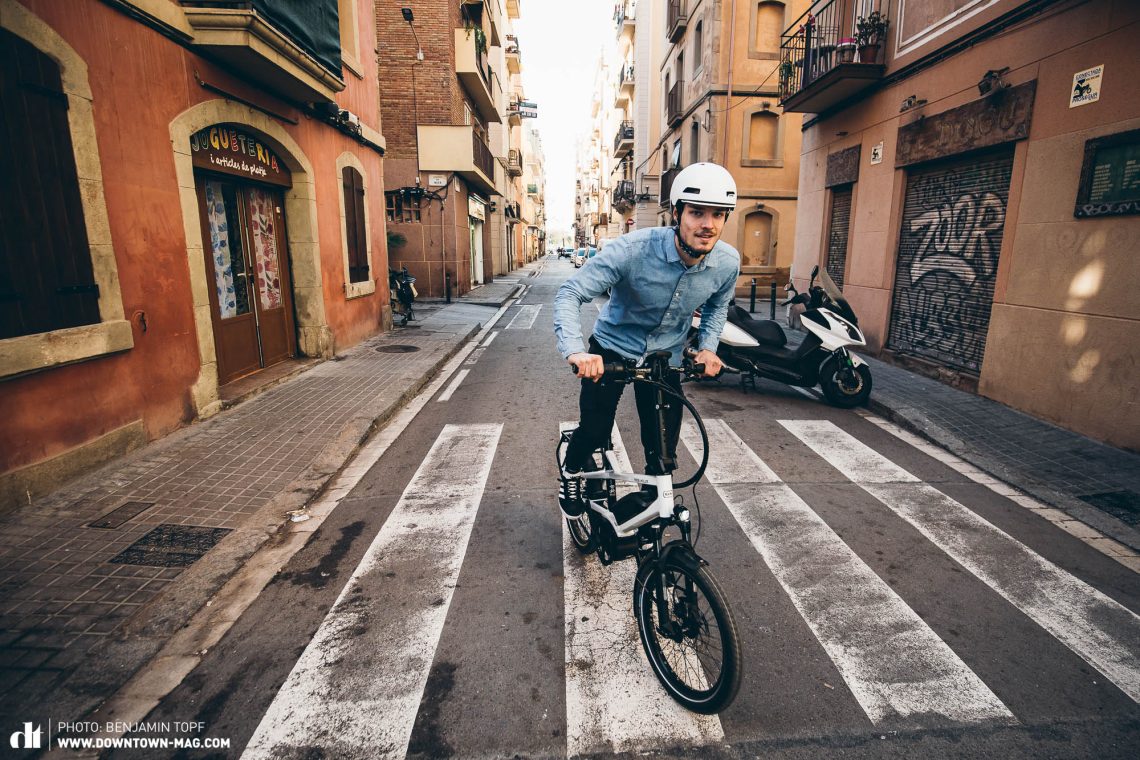
Words: Photos: Benjamin Topf





